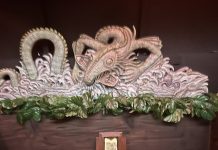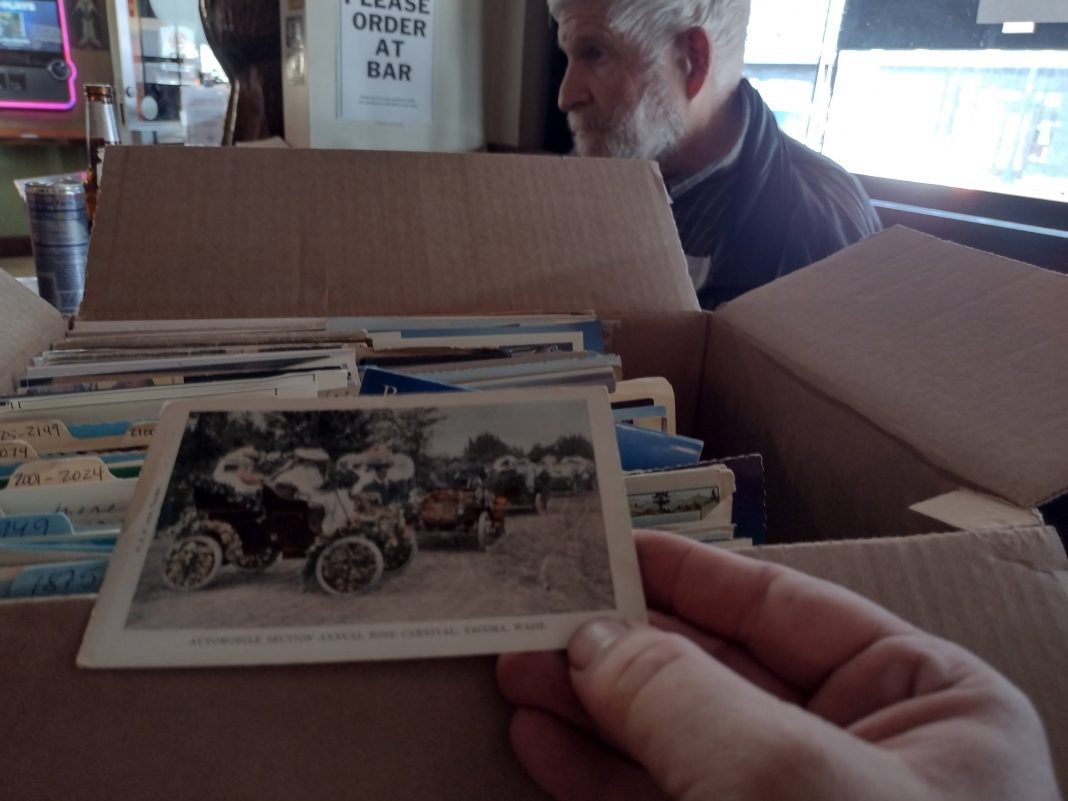There once was a time, before the internet and social media, when tourists visiting far-flung lands would simply stop into a local grocery store or candy shop to peruse racks of photographs that they would purchase, jot a few lines of “wish you were here” cheers and mail these cards to family and friends back home.
These photos on card-stock paper were called postcards. They have all but disappeared from gift shops these days, courtesy of Instagram, Facebook and digital cameras. Some people have never even sent or felt the thrill of receiving one. Fewer people know that a big player in the postcard market was located in Tacoma.
Smith-Western Co. still exists, but it has since branched out to other souvenir products because more people are simply sending digital images or posting photos on social media rather than buying and then sending postcards.
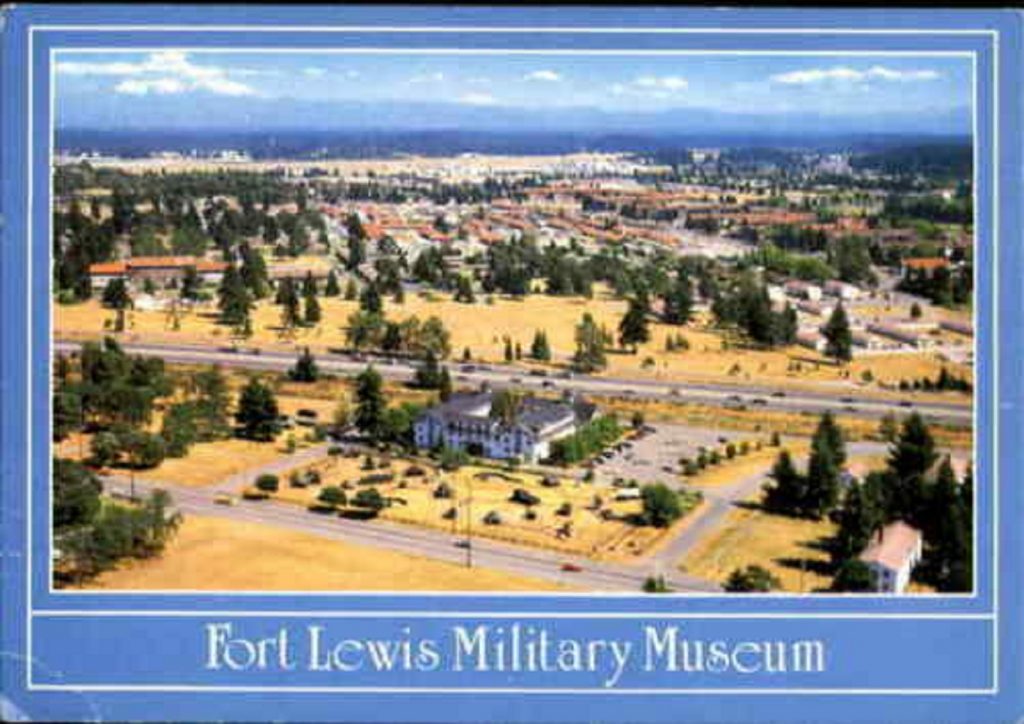
“They just don’t sell like they used to,” says Skip Smith, who has worked at the business for some 50 years. “We used to sell millions of them. Now, not so much.”
Smith-Western started small way back in 1947 when Kyle Smith Sr. started selling his photography from the trunk of his Mercury Station Wagon after he returned from World War II. That effort grew to be one of the largest wholesale suppliers for museums, national parks and tourist attractions in America, including The Statue of Liberty, Yellowstone National Park, Grand Canyon National Park, Yosemite National Park, Universal Studios, and MGM Resorts International, along with many others. Smith died in 2014 at the age of 96. However, his son, Kyle “Skip” Smith Jr., reports to work these days and will eventually pass the business off to his daughter.
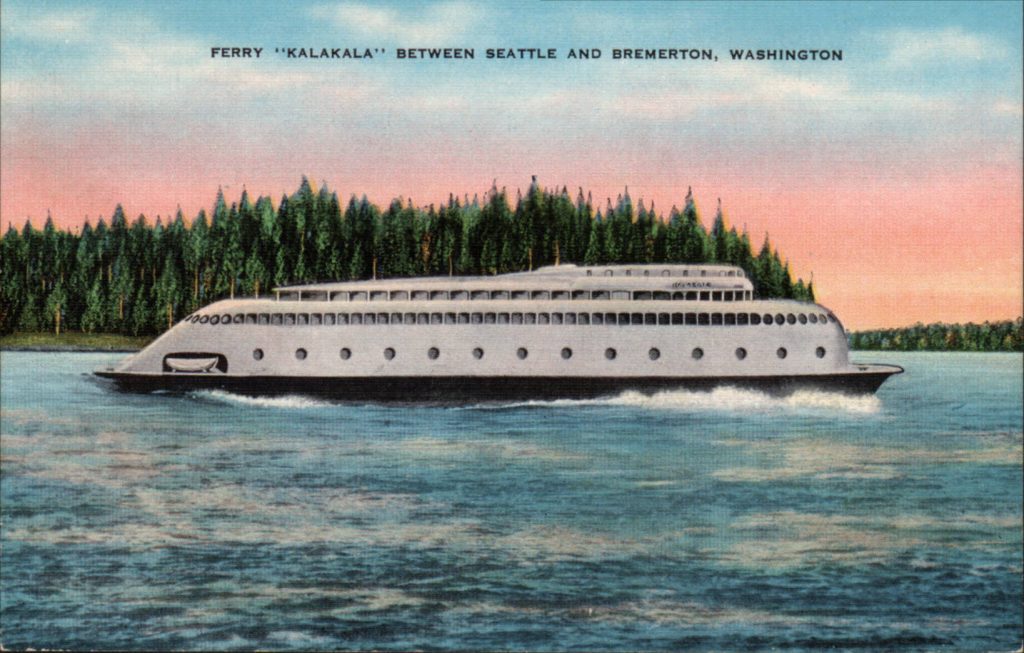
While postcards are getting rarer to find and make a smaller share of the Smith-Western portfolio, they are still around. People still buy them, but for very different reasons.
“They aren’t mailed as much as they are used to be,” Smith said. “They are buying them to keep.”
Postcards are now going into scrapbooks, picture frames on office desks or serve as bookmarks, but shifts away from social media posting could get people writing postcards again. No one saw a return of bellbottom pants and vinyl records, yet here we are, So the current hip wave of all-things retro could eventually include handwriting letters and postcards.
“I would not be surprised,” Smith said. “They could be like baseball trading cards.”
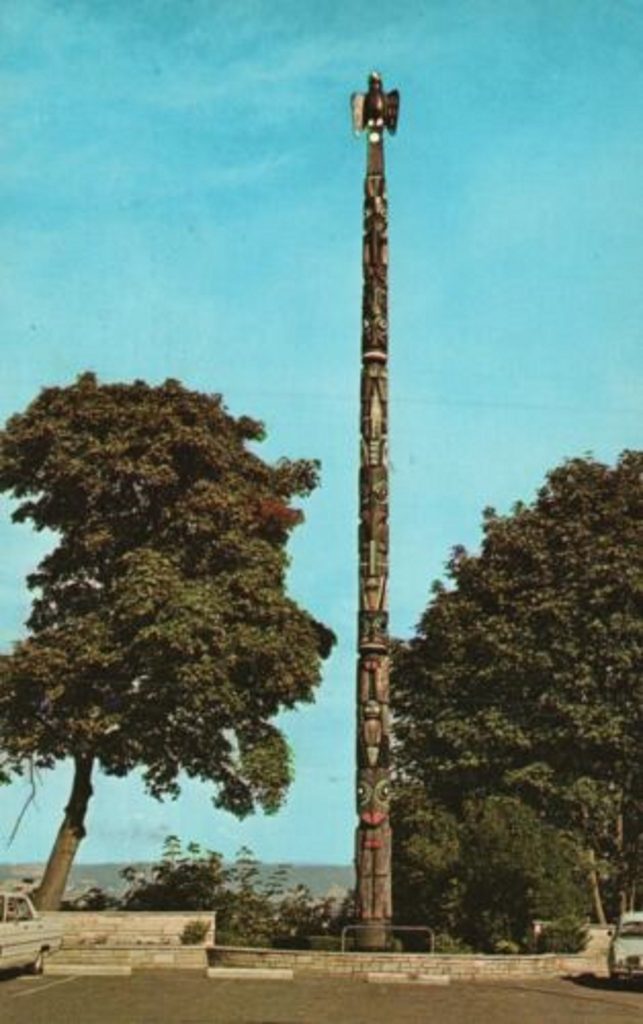
Much like those cardboard slices of gold, there are postcard collectors. One local collector has been amassing postcards for years, for example. Former Tacoma City Councilmember Tom Stenger is an armchair historian and attorney. He has a collection of a few thousand postcards that date back to the earliest days of Tacoma.
He started his collection when he routinely visited the Fox Book Co. store in downtown Tacoma as a young teenager. He even had an account there, which he would pay off with his allowance.
“Whatever Barbara Fox was selling was what I was collecting,” Stenger said. “She was a great salesperson.”
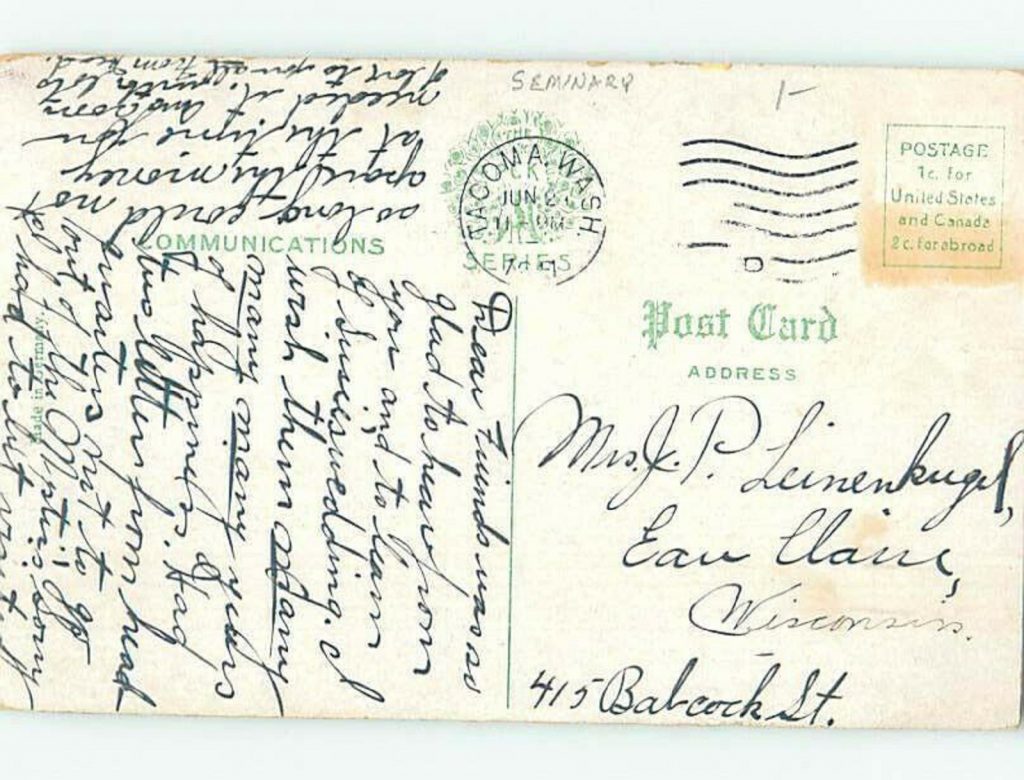
One day, the legendary bookseller sold Stenger a stack of 100 vintage postcards. He was hooked. While he isn’t buying and selling postcards much these days, his collection has hundreds of promotional cards of every railroad, each small town and pretty much all attractions along the West Coast. Fox died in 1998, and her shop’s collection of some 30,000 books shuttled south to sit on the shelves of the block-long Powell’s Books in the Rose City.
“You can go to Portland on my postcards,” he said, noting that his favorite card is of a sunny day at the Tacoma Hotel in the 1920s.
His postcard collection has since been scanned and archived by the Tacoma Public Library’s Northwest Room, where anyone can view historical scenes and buildings from the area’s past from the comfort of their home computers.
“I like to share them,” Stenger said. “I like to talk about them.”
Each of the postcards has countless stories to tell by themselves. First discussions focus on the front image, but handwritten messages on the back are often more interesting. Those few handwritten lines provide a glimpse of history and lead to countless questions such as who sent the postcard and who received it. It’s impossible to not wonder, whatever happened to them?
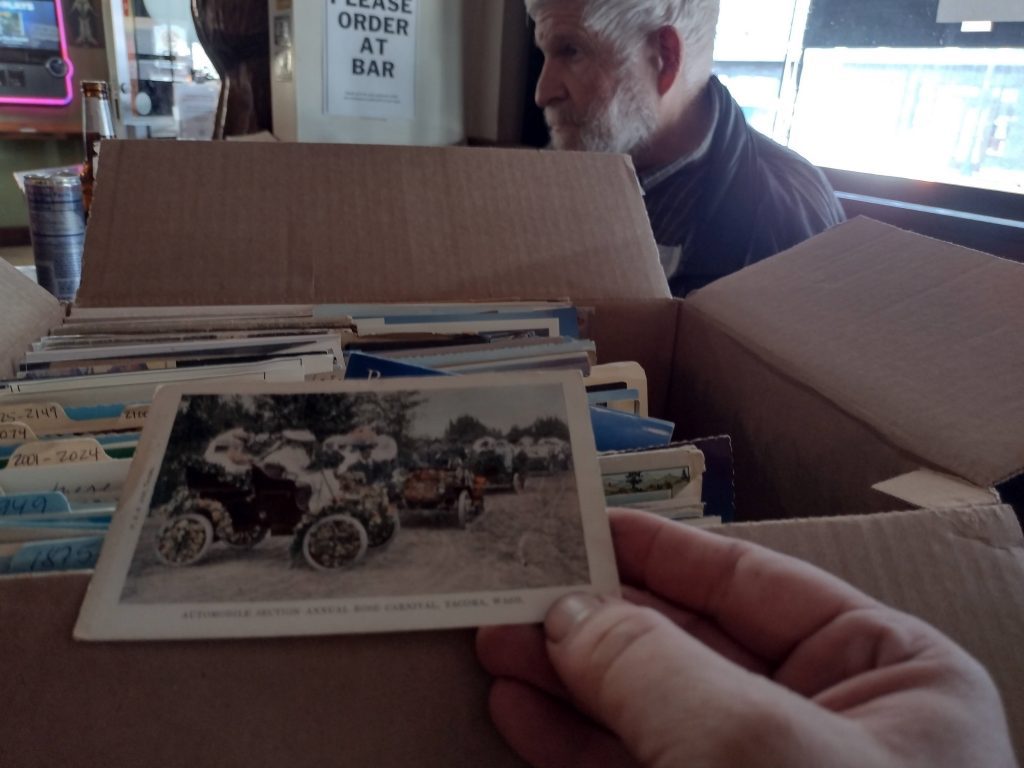
“The message on the back is almost more informative and interesting than the picture on the front,” said local collector Eric Swanson.
He and Stenger used to get into bidding wars over select postcards. Now they trade them as their collecting activities slow. They mostly talk about the history of whatever building or site depicted on the postcards and share stories about their search of the images for those little details that make them gems like horse droppings along a main street, advertisements in windows and departed businesses.
“A lot of the time, the only place to see an old building is in a postcard,” Swanson said. Gone and only memorialized in postcards are the once iconic Luzon Building, the Art Deco ferry Kalakala and Tacoma before Interstate 5 bisected the city, for example. Local history and images of a bygone era are now ready to be rediscovered to a new generation of postcard collectors turned historians. And the photos are just a click away rather than in the mailbox.
















